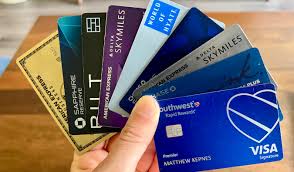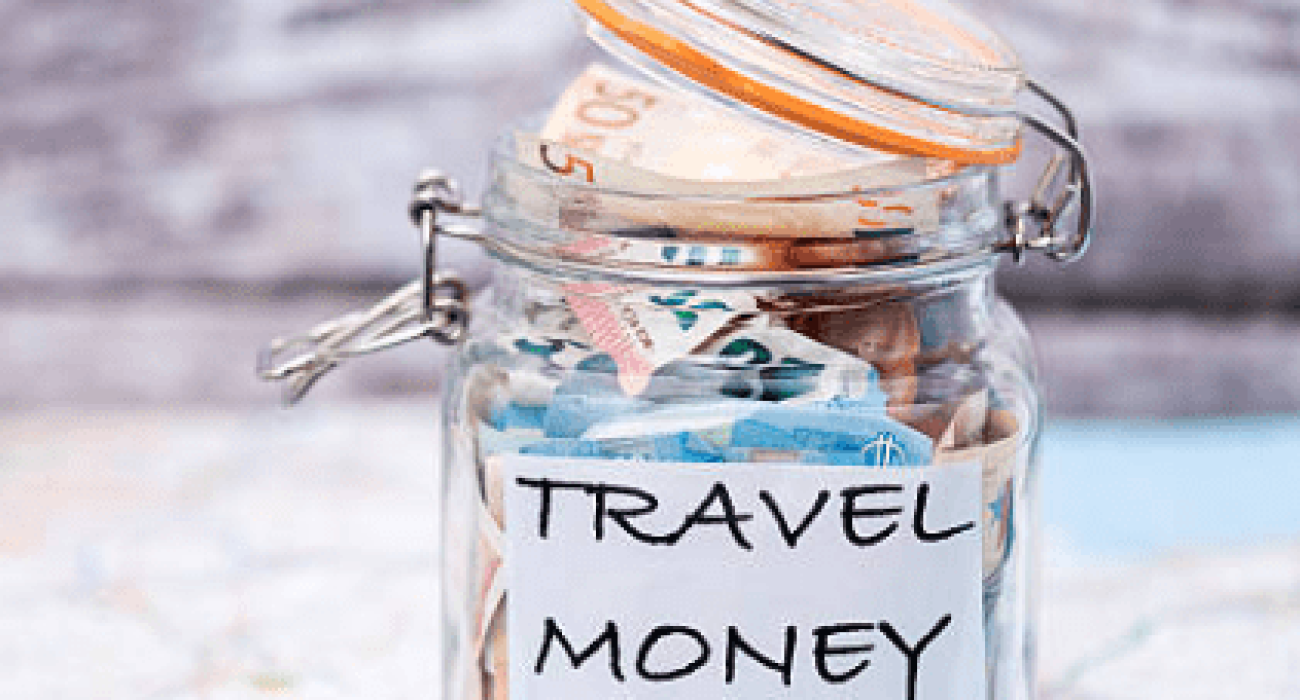Vacation planning used to be simple: book a flight, get a hotel, and pack your bags. But in 2025, vacation budgeting requires a fresh mindset. With rising travel costs, shifting work schedules, and more people opting for unique and meaningful experiences over cookie-cutter itineraries, budgeting for your getaway is no longer a one-size-fits-all formula.
To help you travel smarter (not poorer), here are 9 new rules of vacation budgeting that actually work—so you can make the most of every dollar without sacrificing your dream vacation.
1. Start Vacation Budgeting 6–12 Months in Advance
Planning early gives you the financial runway to save and take advantage of early-bird deals on flights, accommodations, and excursions. According to Expedia’s 2024 Air Travel Hacks Report, booking flights at least 3 months in advance can save you up to 20%.

Use tools like Google Flights to track price drops and consider setting up a dedicated vacation savings account using high-yield platforms like SoFi or Ally Bank.
2. Use the 50/30/20 Budget Rule—But Add a Vacation Category
The classic 50/30/20 budget rule breaks income into needs, wants, and savings. To make vacation budgeting more effective, treat travel as its own category—separate from “wants.”

Allocate 5–10% of your monthly income solely for travel, so you’re not dipping into emergency savings or retirement funds when wanderlust calls.
3. Never Underestimate the Power of Shoulder Season Travel
One of the easiest ways to slash costs is by traveling during the shoulder season—those magical windows right before or after peak travel times. For example, visiting Italy in May or early October offers similar weather and fewer crowds, at a fraction of the price.

Skyscanner reports savings of up to 30% on flights and accommodations during shoulder months. It’s a vacation budgeting hack that feels more like an upgrade than a compromise.
4. Track Every Expense with Budgeting Apps
You can’t manage what you don’t track. Use apps like Trail Wallet, TravelSpend, or Mint to log spending before and during your trip.

A good vacation budgeting app will alert you when you’re going off track, calculate exchange rates, and even provide spending insights by category.
5. Factor in Hidden and Non-Negotiable Costs
Many travelers forget to account for “invisible” costs like travel insurance, international phone plans, airport transfers, resort fees, and tips. These can add hundreds of dollars to your trip.

Use tools like Squaremouth to compare travel insurance, and Wise for low-fee international money transfers. Realistic vacation budgeting includes everything—even the annoying extras.
6. Be Flexible With Where You Stay
Hotel? Airbnb? Cabin in the woods? Flexibility in accommodation opens the door to major savings. If you’re traveling with a group or family, booking a vacation rental often works out cheaper per night—plus you can cook meals and avoid overpriced resort food.

Sites like VRBO and Breezy Vacation Homes offer affordable, fully equipped homes in desirable destinations. Smart vacation budgeting often means trading a bit of luxury for lots more freedom.
7. Maximize Travel Rewards and Credit Card Perks
Why not let your credit card pay for part of your trip? With the right travel card, you can rack up miles, get free hotel nights, or gain access to airport lounges.

Check out comparison tools like NerdWallet’s Best Travel Cards to choose a card that fits your lifestyle and enhances your vacation budgeting efforts.
8. Budget for Experiences, Not Just Stuff
Vacation memories come from experiences—not souvenir shopping. According to a study by Cornell University, spending money on experiences leads to longer-lasting happiness than material goods.

Prioritize your vacation budget around local tours, cooking classes, or cultural festivals, rather than shopping malls. This mindset shift can completely transform your vacation budgeting priorities.
9. Always Build a Buffer
Unexpected expenses are inevitable—missed flights, medical visits, lost luggage, or even that once-in-a-lifetime opportunity to swim with dolphins. Add a 10–15% buffer to your total budget.

This buffer makes your vacation budgeting plan more resilient and keeps minor surprises from turning into financial disasters. Peace of mind is priceless when you’re trying to relax.
Final Thoughts: Vacation Budgeting Is About Freedom, Not Restriction
The goal of vacation budgeting isn’t to limit your experiences—it’s to ensure you can afford the right ones without financial stress. Whether you’re traveling solo, with friends, or family, these nine rules help you stay grounded while you explore the world.
Want to take it even further? Try combining these budgeting rules with long-term travel goals, like planning annual trips, taking workcations, or joining travel programs like Remote Year or Selina CoLive.
Smart vacation budgeting is part of a bigger lifestyle shift—one where you don’t wait for retirement to enjoy life, but instead design your life around memorable and meaningful travel.
Ready to start planning? Download a free vacation budget template from Budget Your Trip or use a Google Sheets tracker to get started. Let your next adventure begin with clarity—and a plan that actually works.

